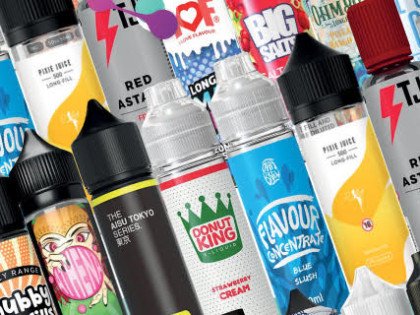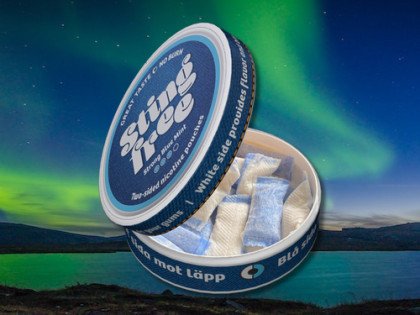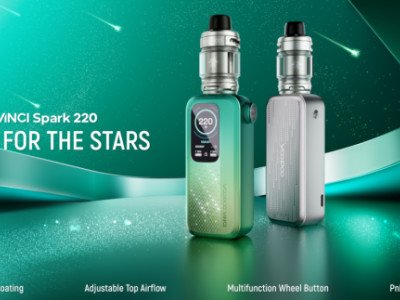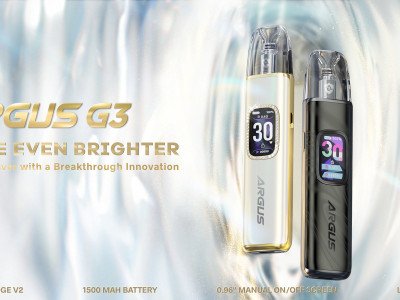The market for tobacco cigarettes has never looked bleaker and, with falling market value, the cigalike sector is in trouble unless the companies involved can deliver better products.
PMI are using all of the facilities at their disposal in order to solve this dilemma. At their research centre in Switzerland they are looking at how to overcome the inability of vapour to carry nicotine as efficiently as smoke. Whereas smoke conveys the drug to the lining of the lungs, vapour delivers the bulk of its payload to the mouth leading to a greater barrier before nicotine enters the bloodstream.
The inefficiency inherent in the cigalike is a primary driving force in vapers upgrading equipment to second and third generation devices. The cigalike comes with a small reservoir, tiny coils and weak batteries.
Other companies are also looking at potential solutions.
The MarkTen brand from Altria (recently criticised for posting unsolicited samples to households compromising mainly or wholly of non-smokers) has increased the strength of the liquid from 15 to 25mg. Lorillard have also sought to increase the strength of their eliquid in the face of technical constraints. Their packs of Blu ecigs have shifted from 16mg to 24mg.
Reynolds have returned to the original idea of using real tobacco in a device that heats rather than combusts it. The market has yet to give its opinion on what such a retrograde step could do for their market value but the move flies in the face of their competition that sees the future outside of tobacco. Many will see the move to tobacco vaporisation as an admission on the part of tobacco companies that they are simply unable to improve the technical aspects of their devices.
Njoy made the decision to add in chemicals to their products to improve the ability of nicotine to be carried down to the lungs. Such a move will do nothing but add another dimension to the concerns of those opposed to vaping when they state: “we don’t know what’s in it.” Among the benefits of vaping are the simple ingredients of eliquid; can Big T be relied upon to be honest about such additives and the effects they might have on health?
Despite the aforementioned moves, cigalikes still deliver significantly less nicotine than traditional cigarettes. It will be interesting to see how the companies react and products develop through 2015.
Dave Cross
Journalist at POTVDave is a freelance writer; with articles on music, motorbikes, football, pop-science, vaping and tobacco harm reduction in Sounds, Melody Maker, UBG, AWoL, Bike, When Saturday Comes, Vape News Magazine, and syndicated across the Johnston Press group. He was published in an anthology of “Greatest Football Writing”, but still believes this was a mistake. Dave contributes sketches to comedy shows and used to co-host a radio sketch show. He’s worked with numerous start-ups to develop content for their websites.
Join the discussion
Harm Reduction For The Rich
The United Kingdom risks becoming a harm reduction country only for the wealthy, according to Michael Landl of the World Vapers’ Alliance
Longfills as an Alternative to Disposables
The disposable vape ban will impact many people, but there’s no reason to be concerned… Grab yourself a pod kit and a Longfill and you’ll be back to vaping the way you want to, just in a cheaper, more environmentally friendly and legal way.
COP10 is a Threat to Safer Nicotine Products
The EU obscures its position on low-risk alternatives to smoking before the WHO COP10 conference in Panama, starting Monday
Nicotine Is Not A Culprit
Planet of the Vapes has always encouraged smokers to use the quit product that works best for them, and snus is a product that seems to be unfairly blocked because it contains nicotine












